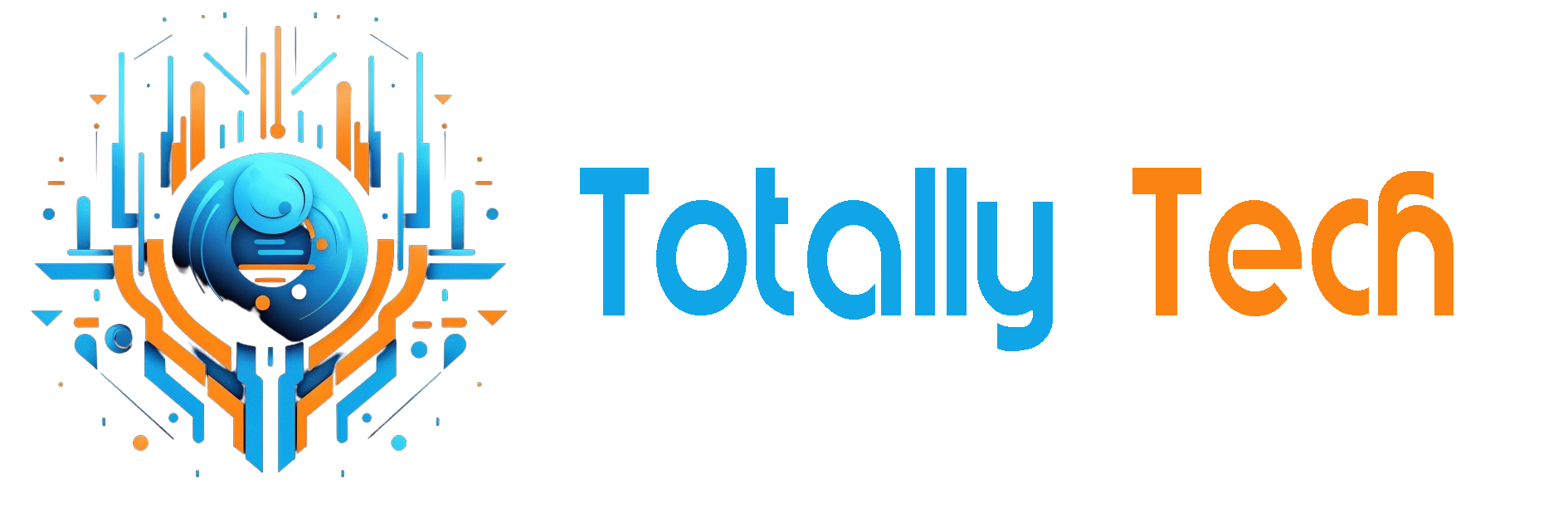
AI development is at a pivotal inflection point.
While AI’s potential to revolutionize industries is undeniable, its adoption in the enterprise hinges on fostering trust among human employees, while demonstrating tangible return on investment (ROI) for executives and the business overall. Companies that think strategically about integrating AI into core business processes—operations, product development, sales and marketing, customer support, etc.—while ensuring transparency and data integrity, will be the ones to unlock its full value.
The results of effective AI implementation are multiple. Sustained operational efficiency, revenue growth, and improved customer experiences, to name a few.
And, as humans begin to work more closely alongside AI, it’s essential to understand how it will create new opportunities for employees, while reducing the barrier of entry into many roles traditionally closed to a technical or specialized group.
As businesses navigates the AI landscape, and the evolving workplace relationship between humans and AI, these key principles will help determine success.
Beyond Superficial AI Use Cases: Prioritizing Trust and ROI
We can all agree that AI must eventually evolve beyond hype. For enterprises to truly extract the value of AI across the workplace, organizations will have to roll out tools to human employees, or embed AI into their products, in a way that builds trust by clearly and transparently explaining the business use cases. This is particularly true as enterprise AI evolves from assistant-based to agentic workflows.
This means moving past isolated GenAI experiments and investing in built-in AI solutions that address real operational challenges—whether it’s enhancing network performance, automating customer interactions, or optimizing supply chains. When AI delivers measurable impact, it fosters confidence in its capabilities and drives broader adoption across the organization.
The ARC framework (Augment, Replace, Create) offers a clear structure for AI adoption, guiding strategic investments. It outlines the evolution of AI, starting with augmenting human capabilities, moving to task automation and eventually generating entirely new solutions. This framework helps organizations transition from basic AI tools, like conversational systems, to more advanced, interactive and collaborative agentic models, ultimately leading to autonomous systems. By aligning investment decisions with these phases, organizations can ensure that AI adoption is not only practical and ROI-driven but also strategically impactful.
The Democratization of AI: Making AI Accessible to All
Historically, AI innovation has been concentrated in the hands of large corporations with vast resources. To drive AI’s full economic and societal potential, we must democratize its access, making it affordable and deployable on commonly used devices. Businesses can capitalize here by mirroring this process and ensuring AI tools are available and easily accessible to all employees.
When AI is embedded into everyday human interactions in addition to business operations—whether in retail, healthcare, or industrial automation—it fuels understanding and innovation, enhances decision-making and creates new job opportunities rather than merely replacing manual tasks.
As AI becomes more pervasive, its most transformative potential lies in unlocking new capabilities we have yet to imagine. The businesses that embrace AI not as a luxury, but as a necessity in work and in life will be the ones that gain a competitive edge in the digital economy.
Open, Efficient Adoption of AI: Driving Sustainability and Security
For AI to deliver lasting value, enterprises should think about moving beyond cloud-dependent architectures and embrace on-premise or on-device AI processing. This shift is critical for reducing latency, improving data security and enabling real-time decision-making.
Efficiency is paramount here. AI should not be an expensive, closed-loop system accessible only to a select few. Advances in AI models—such as Deep Seek’s “mix of experts” approach—demonstrate how efficiency and cost reduction can go hand-in-hand, making AI more accessible while maintaining high performance. Balancing cost, quality and accessibility ensures that AI’s impact is widespread, driving innovation while preventing a divide between those who understand AI and those who don’t.
AI Literacy in the C-Suite: A Competitive Advantage
AI won’t replace business leaders—but leaders who fail to understand AI risk falling behind. The rapid acceleration of AI demands a new level of literacy among executives, enabling them to guide their organizations through AI-driven transformations.
Beyond this, thinking that AI is just a tech issue and leaving it to the CTO/CPO is the biggest mistake a C-level leader can make. As AI becomes more valuable with increased data access, the risks also rise, necessitating organizational changes. Human leaders will need to both improve their own AI literacy and hone their soft skills to manage and process these changes and help human employees make the transition alongside AI.
Empathy, creativity and strategic vision are irreplaceable, and when these traits are augmented by a deep understanding of AI’s capabilities and risks, leaders will be better positioned to navigate regulatory complexities, align AI investments with business objectives and foster an AI-ready workforce.
The Future of AI Adoption: Enterprise Value at the Core
AI is not just a tool—it is a fundamental shift in how businesses operate. Enterprises that invest in trust, accessibility, efficiency and leadership education will be the ones that harness AI’s transformative power. The key is to focus not on AI for AI’s sake, but on AI as a driver of tangible business value.
By embedding AI into strategic decision-making and operational processes, enterprises can unlock new levels of growth, agility and customer satisfaction. The future belongs to those who don’t just adopt AI—but those who adopt it wisely.
The post How to Engineer AI Adoption and Value Across the Enterprise appeared first on Unite.AI.

